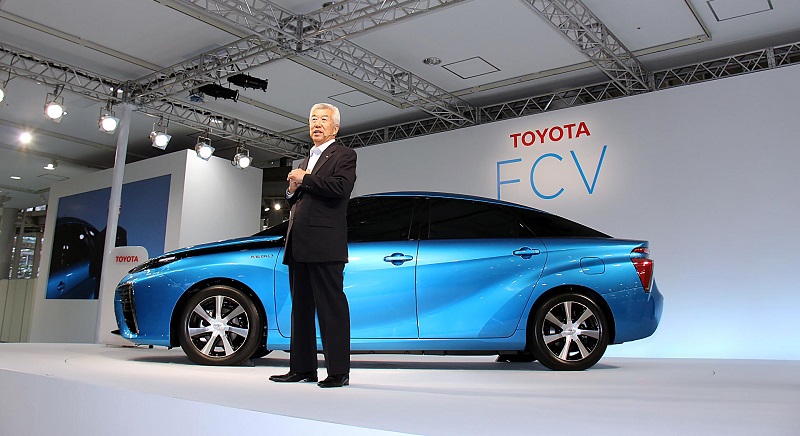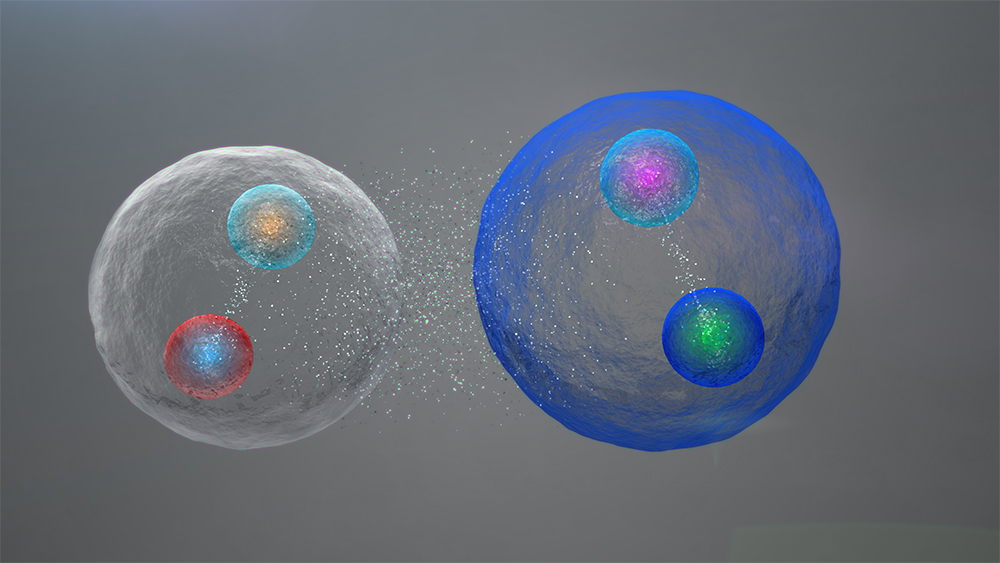The basic idea behind hydrogen fuel is simple – the hydrogen gas is passed through a stack of fuel cells that combines the pure hydrogen with oxygen from the air to create water, electricity, and heat. The fuel cells produce electricity as long as hydrogen is supplied to them. The only residual that is emitted from hydrogen power is clean water which is said to be pure enough to drink. In fact that is what astronauts do with water produced from hydrogen fuel, in space.
Fuel cells have become a promising technology and are used by many including NASA to fuel their missions. But it is getting more exciting than that. Many top car manufacturers have recently unveiled their very own hydrogen-fuel cells vehicles that generate electricity using hydrogen. And we are talking about your friendly neighborhood car makers like Honda, Toyota, and Hyundai!

How do hydrogen powered cars work?
The hydrogen vehicles run on hydrogen gas. The gas is stored in high-pressure tanks usually located in the trunk or under the floor of the vehicle. Similar to hybrid electric vehicles, the hydrogen incorporated vehicles are also quite cars – they make no noise other than that of winds and the road beneath the tire. While the battery-powered cars take more than 10 hours to charge, you can charge a hydrogen-powered car in less than 5 minutes. And above all it is environment-friendly – no noise, no pollution, and no gases for the greenhouse. Even the small battery pack found on hydrogen powered cars is charged through regenerative braking – a method where energy is extracted from the brakes and reused.
Launch of the hydrogen powered cars
Toyota showcased the first hydrogen powered car “Mirai” in the last quarter of 2014. The company is aiming at selling at least 3,000 Mirai’s by the end of the year 2017. The Hyundai’s Tuscan is already in the market while Honda is also promising to launch its Clarity Fuel cell vehicle by next year to Japanese consumers and to British the year after.
But why are we not seeing the cars on our roads?
The main reason for the lack of hydrogen-powered cars on the road is its enormous cost. While a petrol-fuelled car is cheap an entry level hydrogen powered car costs more than $50,000. Another problem is the shortage of fueling stations. The hydrogen cars require hydrogen fueling stations which are only located in limited numbers in California at the moment. Plans are being worked for the development of fueling stations all over the US in the coming 10 years.

Hydrogen powered cars are the future of our vehicles. If more fueling stations are made, these cars can compete with the hybrid battery powered vehicles. But for now these cars are only limited to the California area. And even if some of you are able to come up with a large sum of money for such cars, your only option will be to either drive it in California or in a tow truck!





Leave a Reply